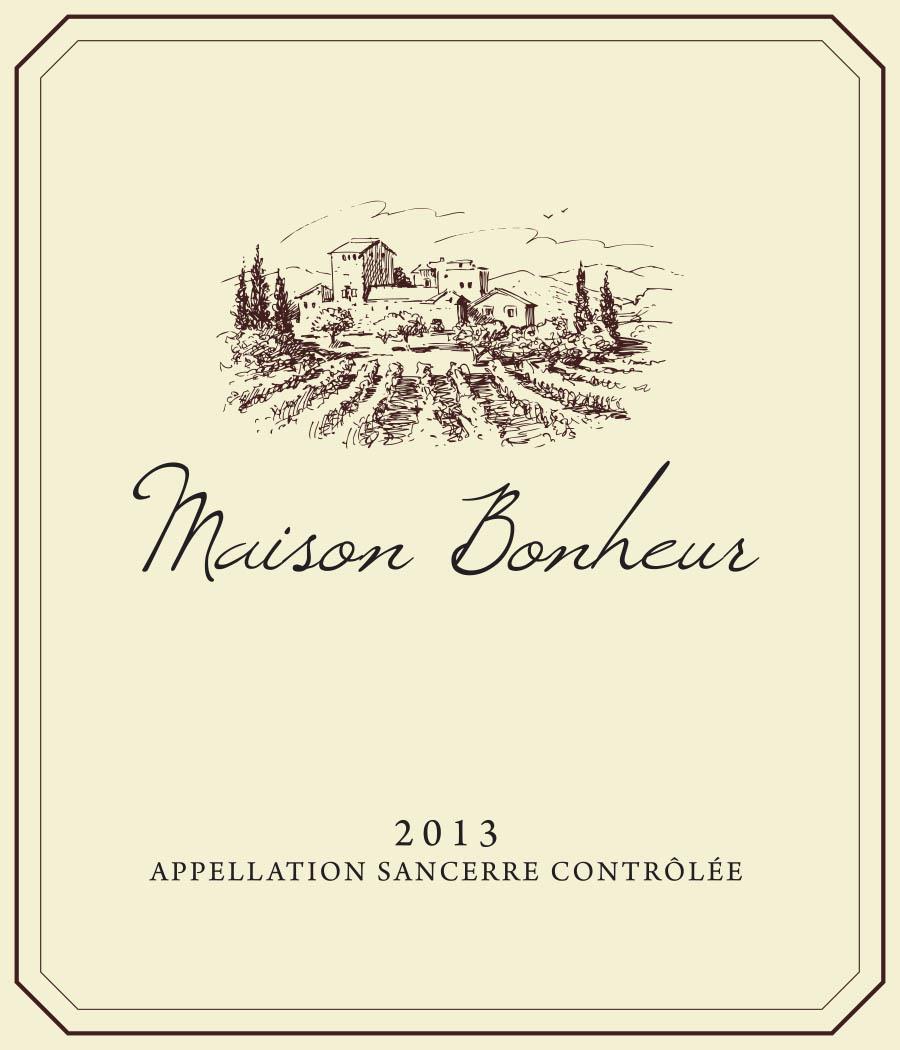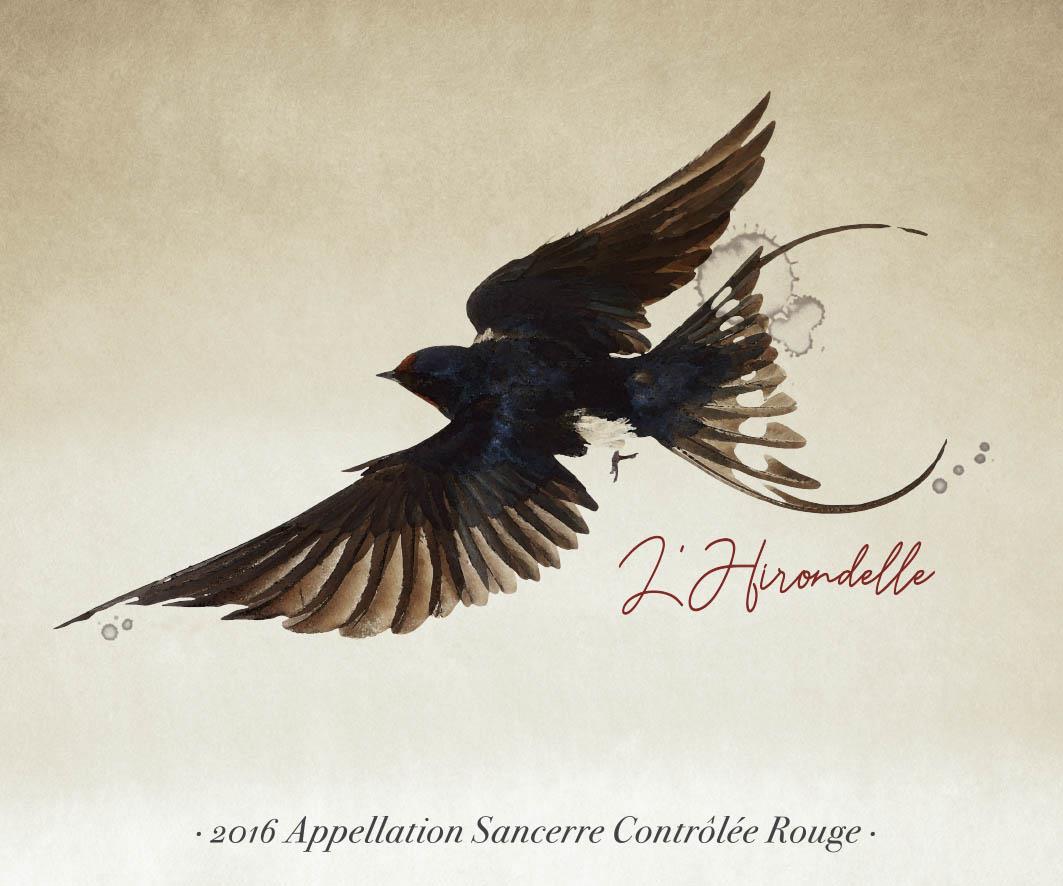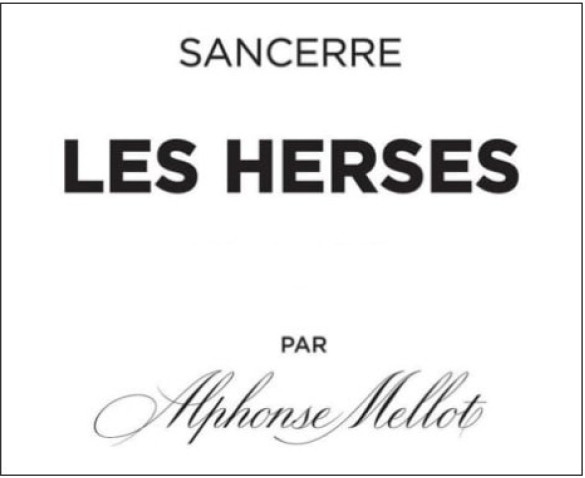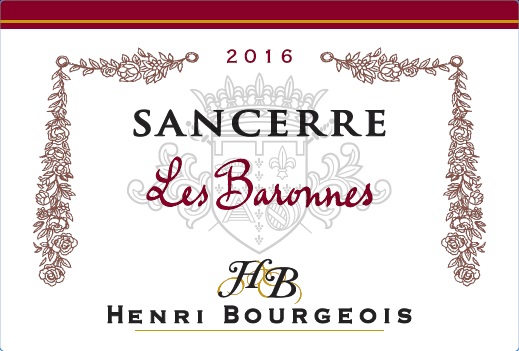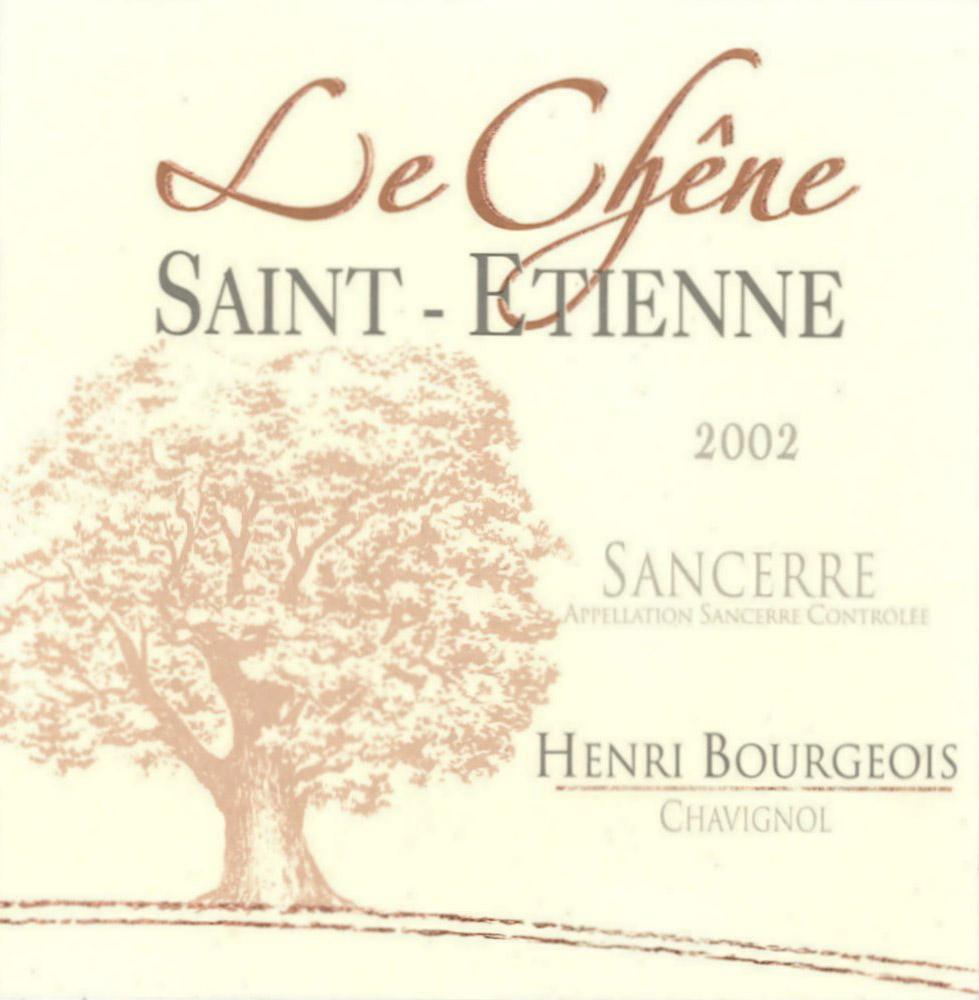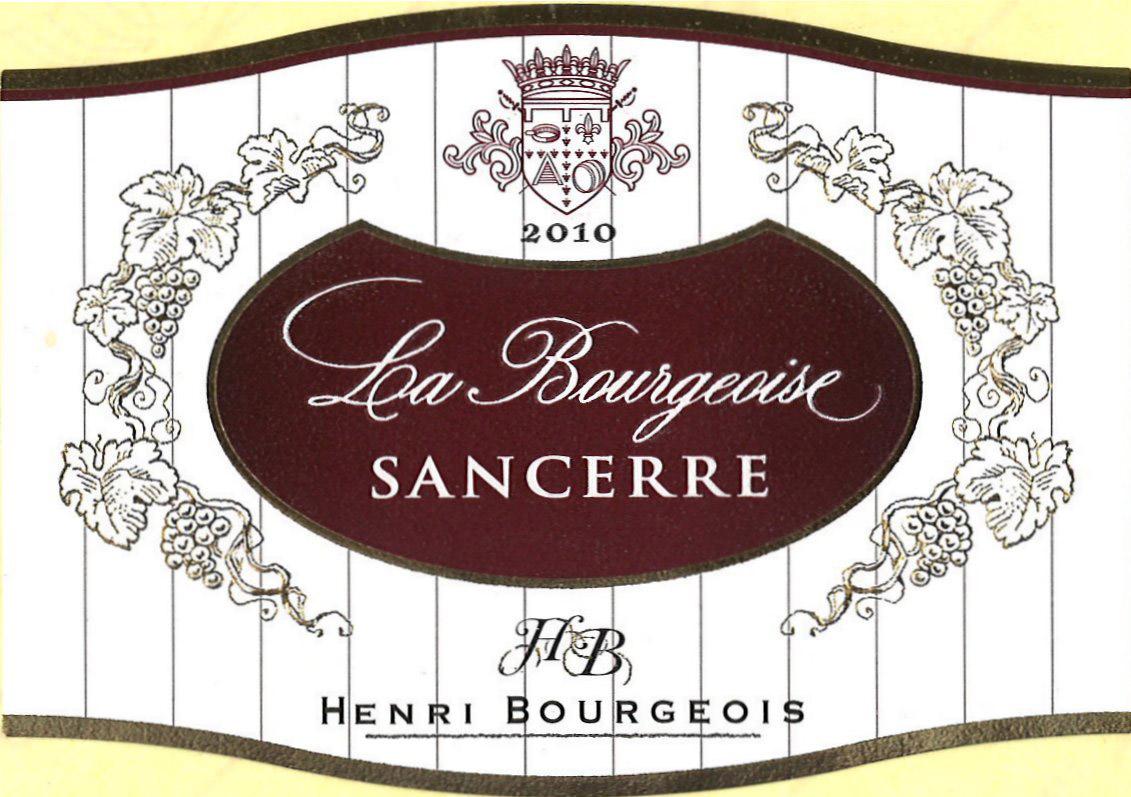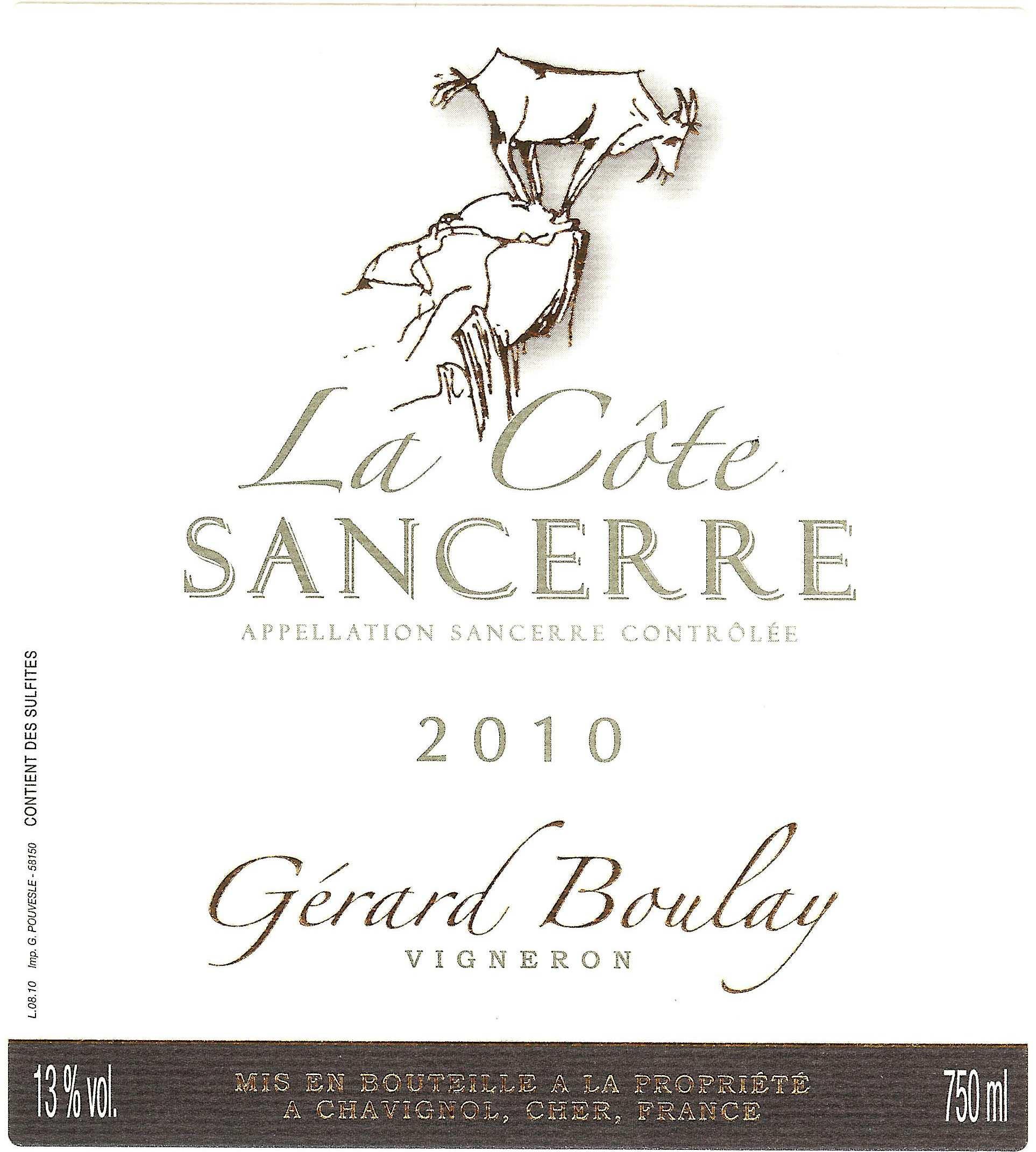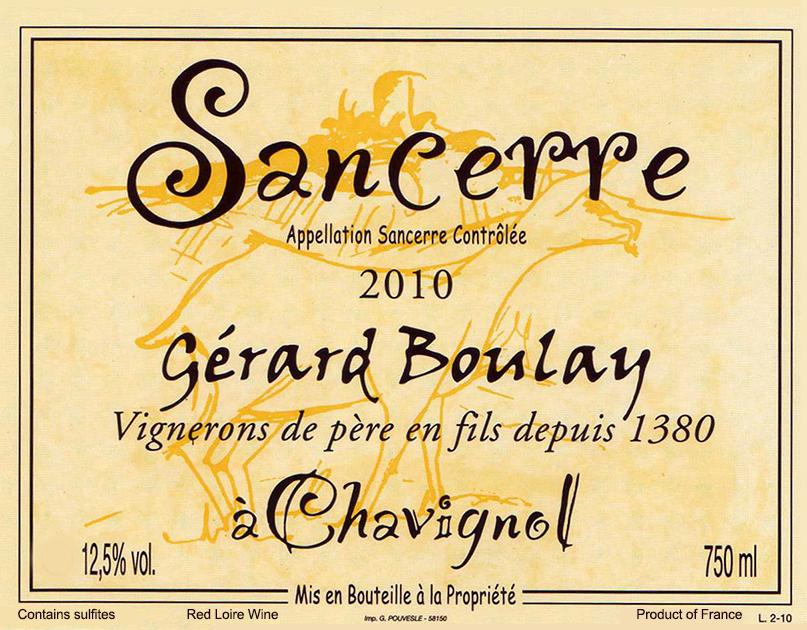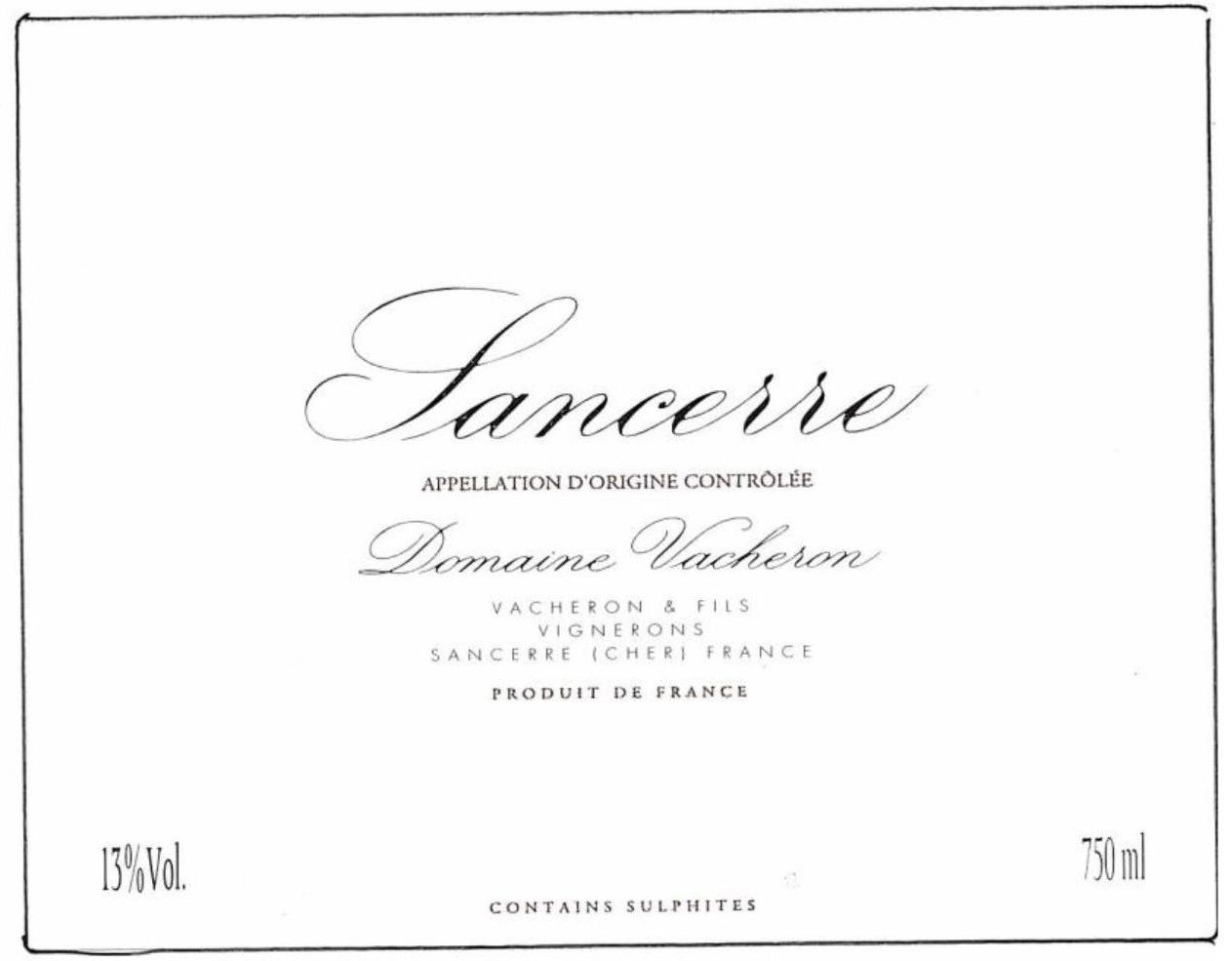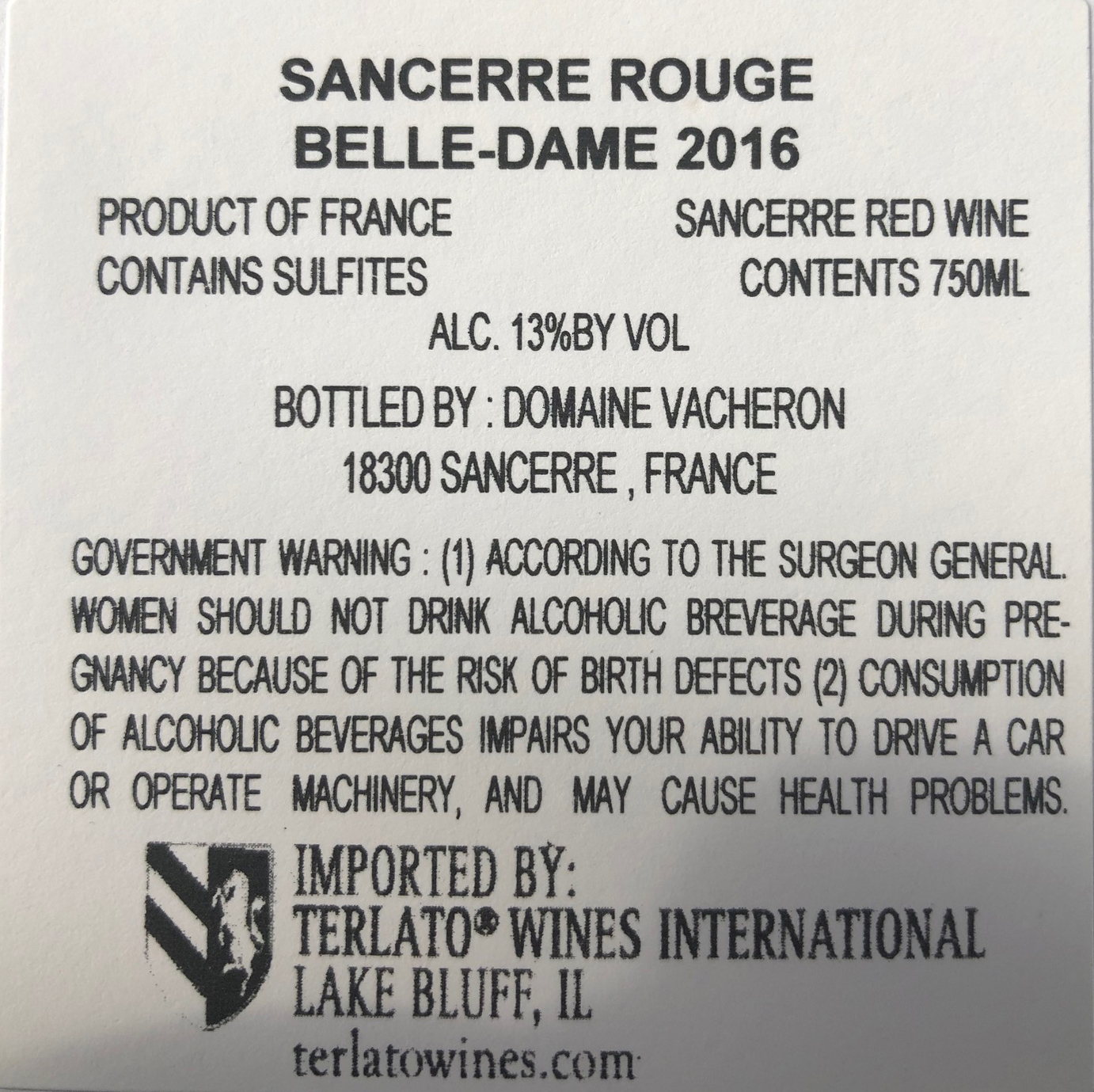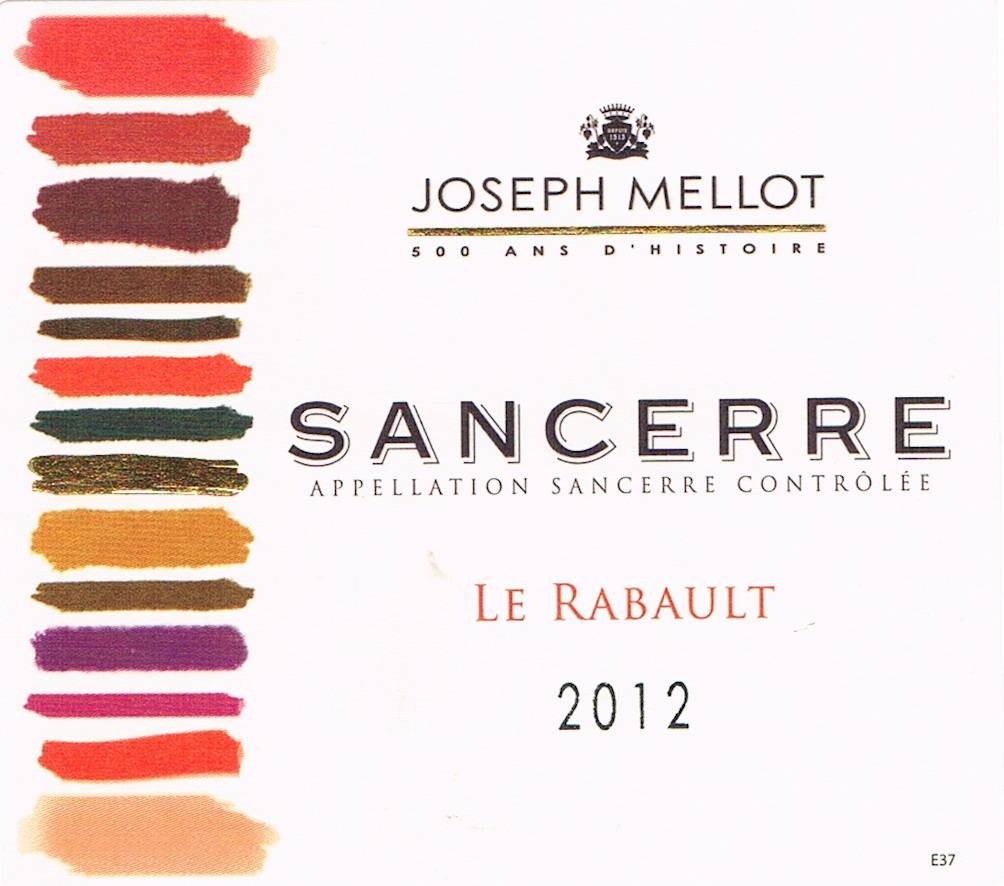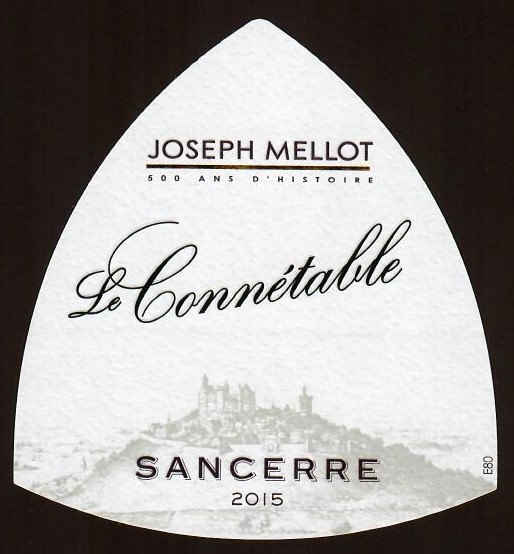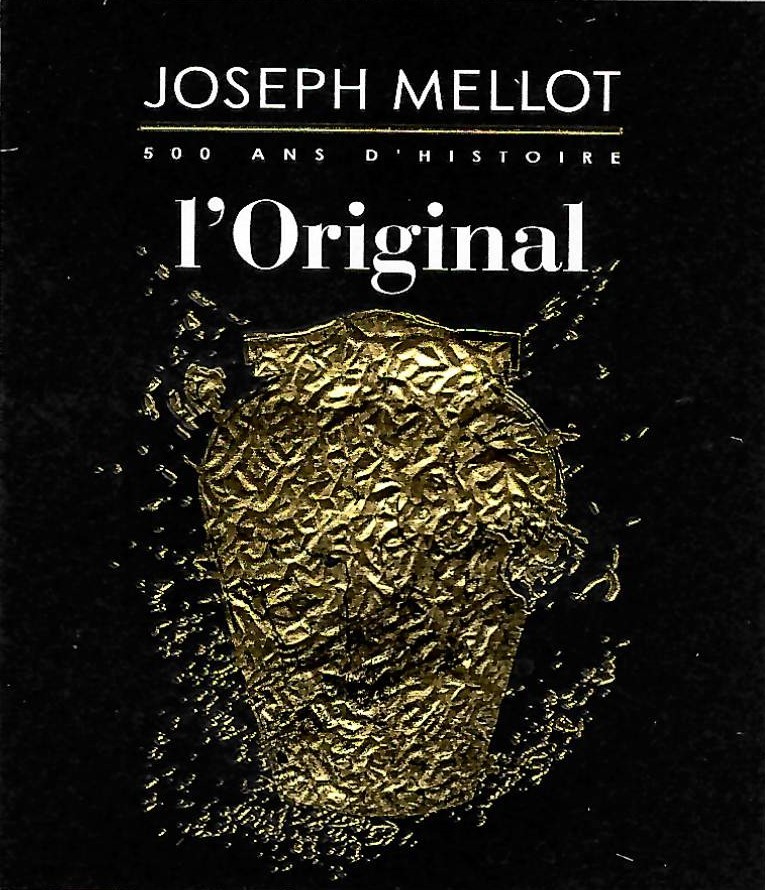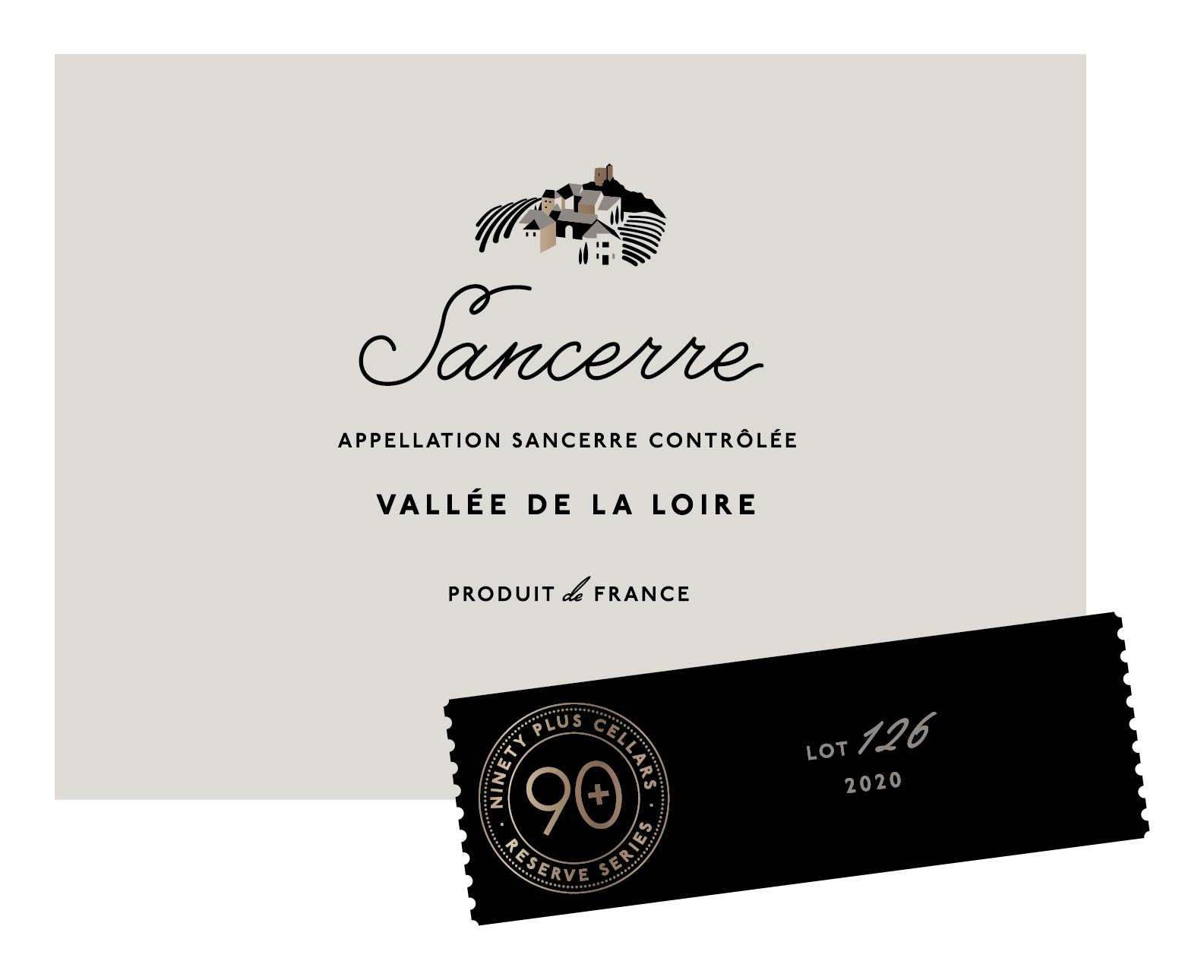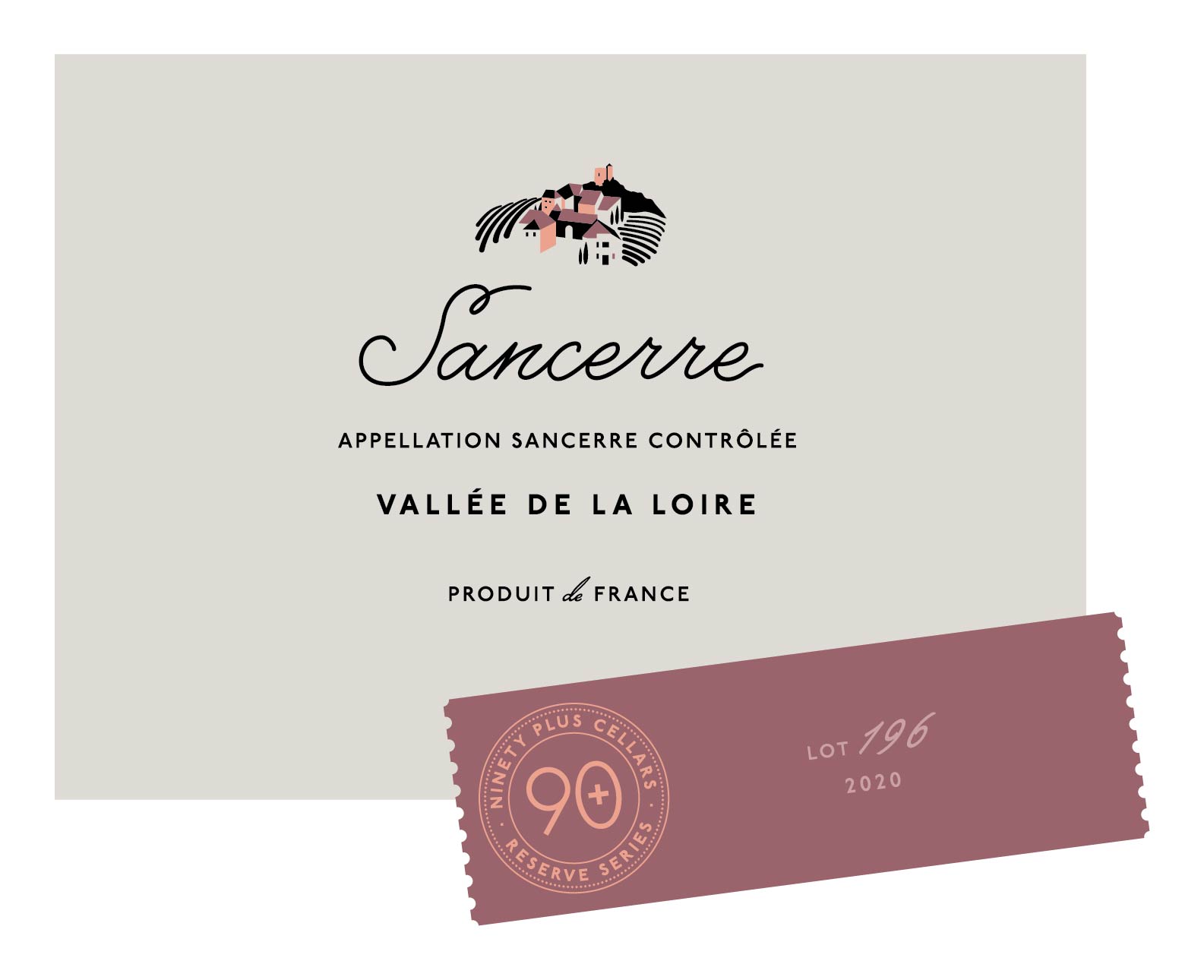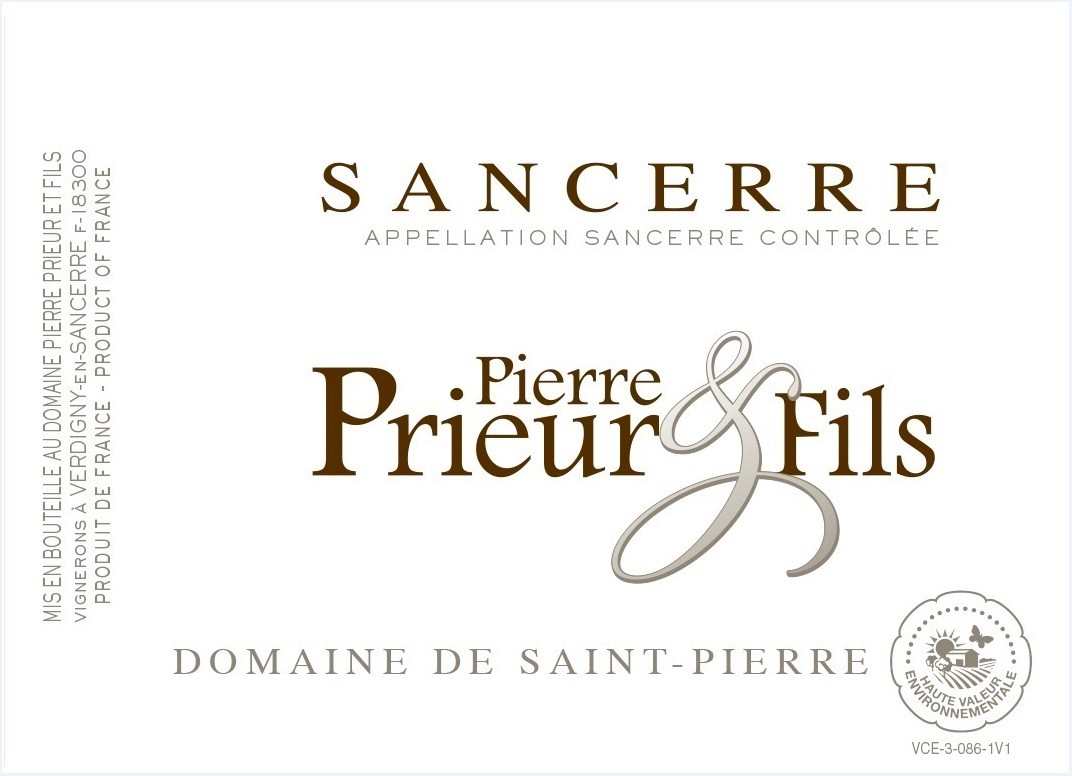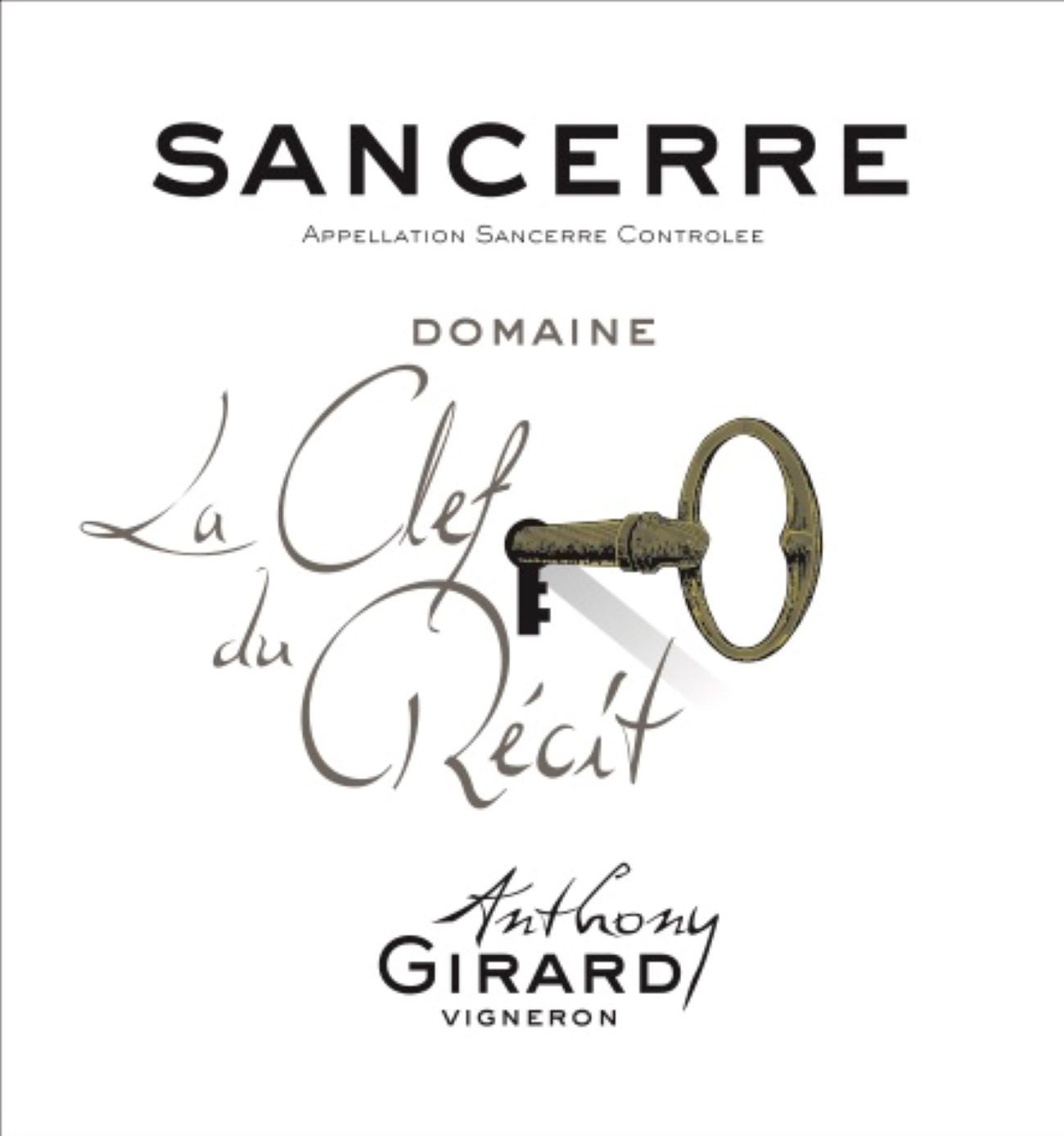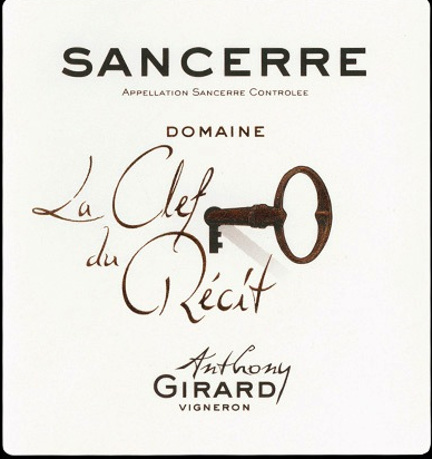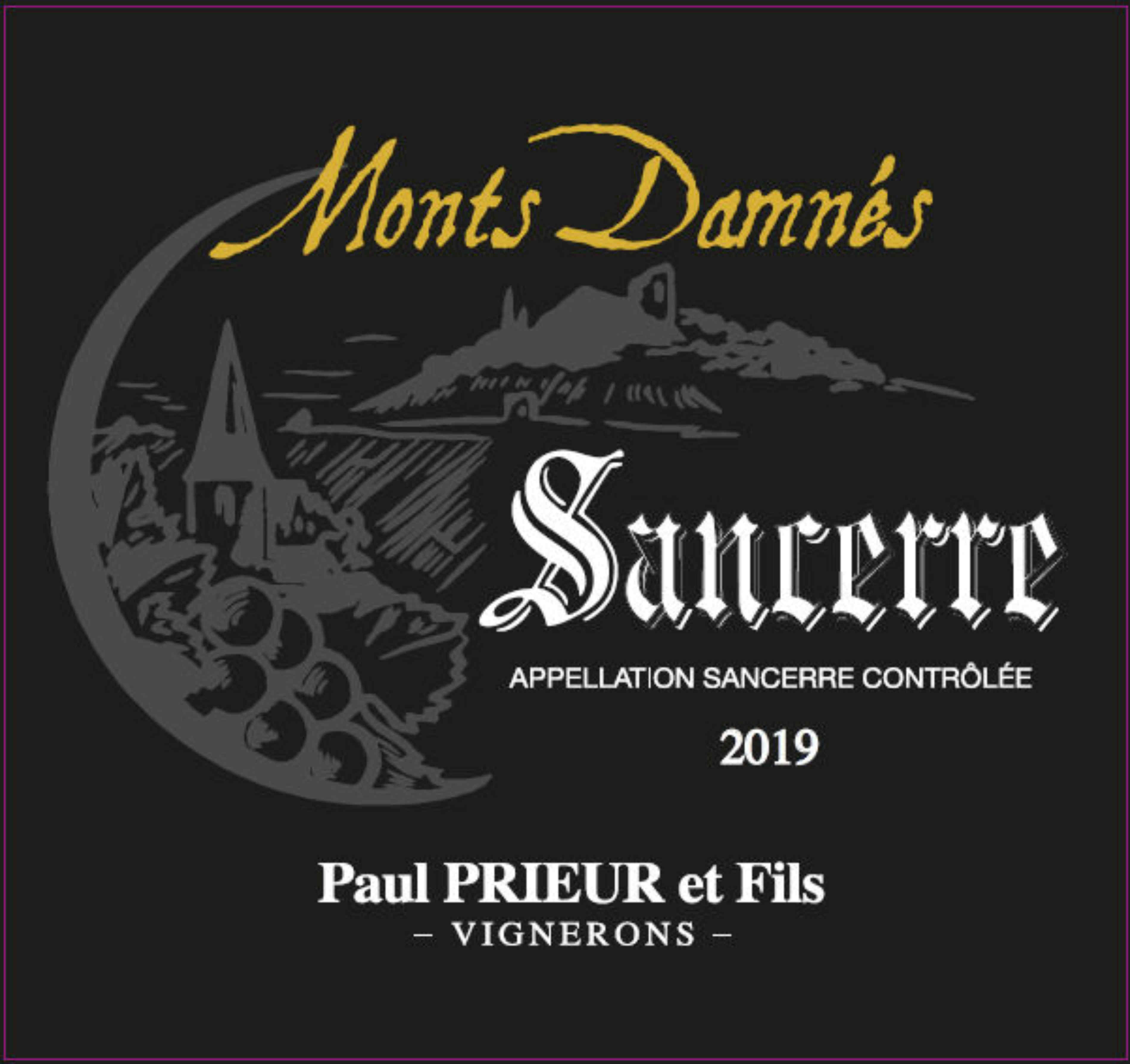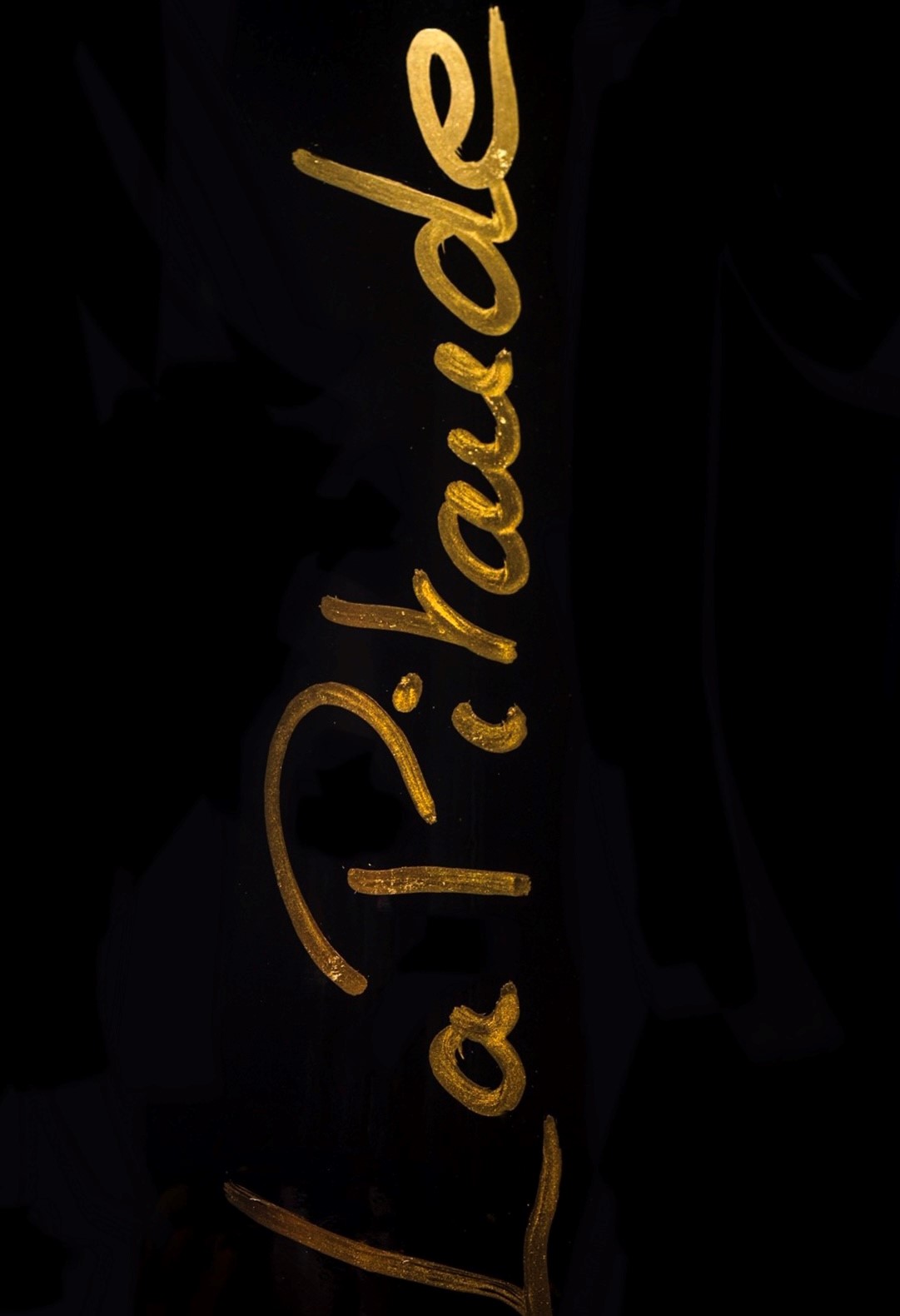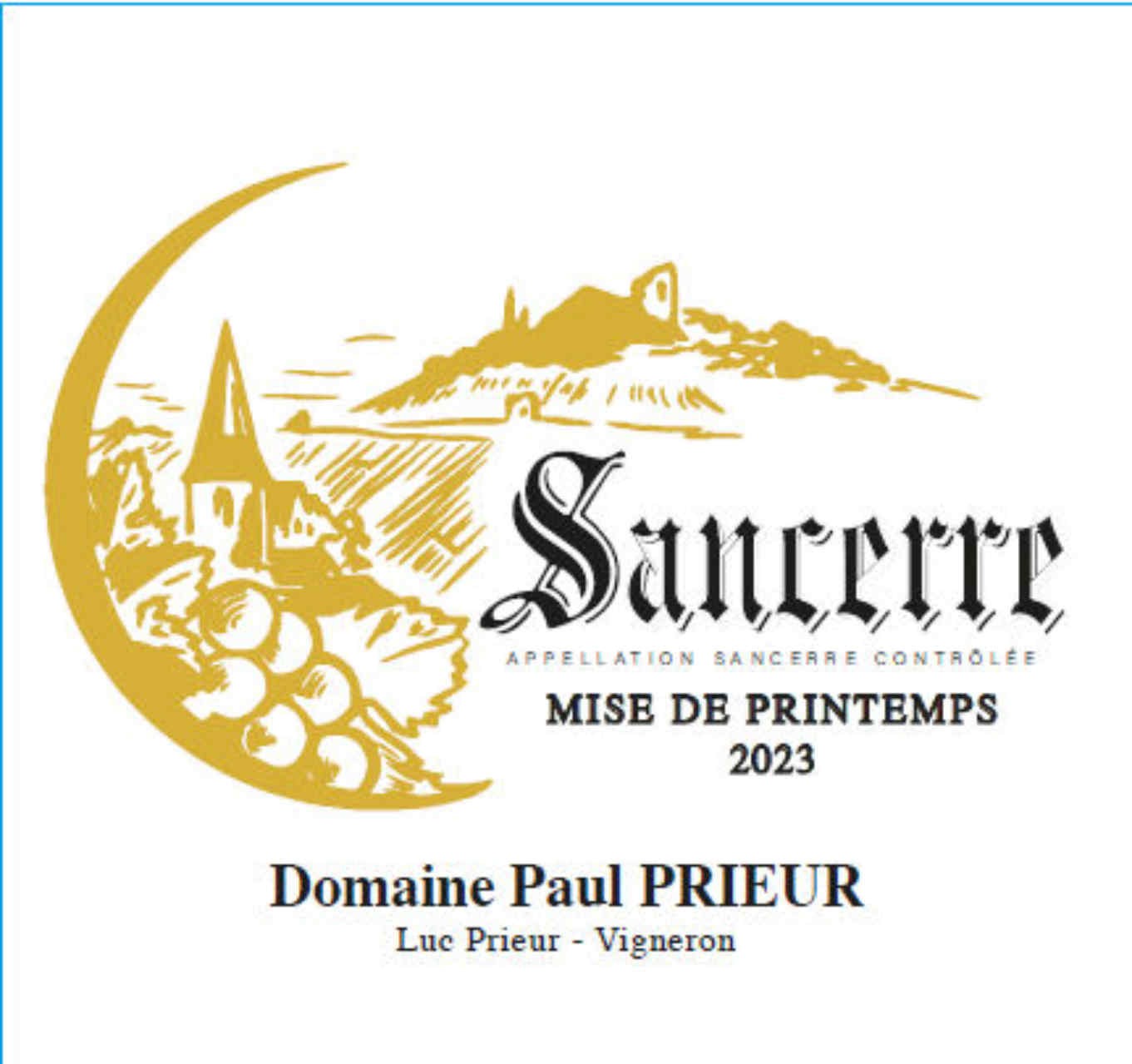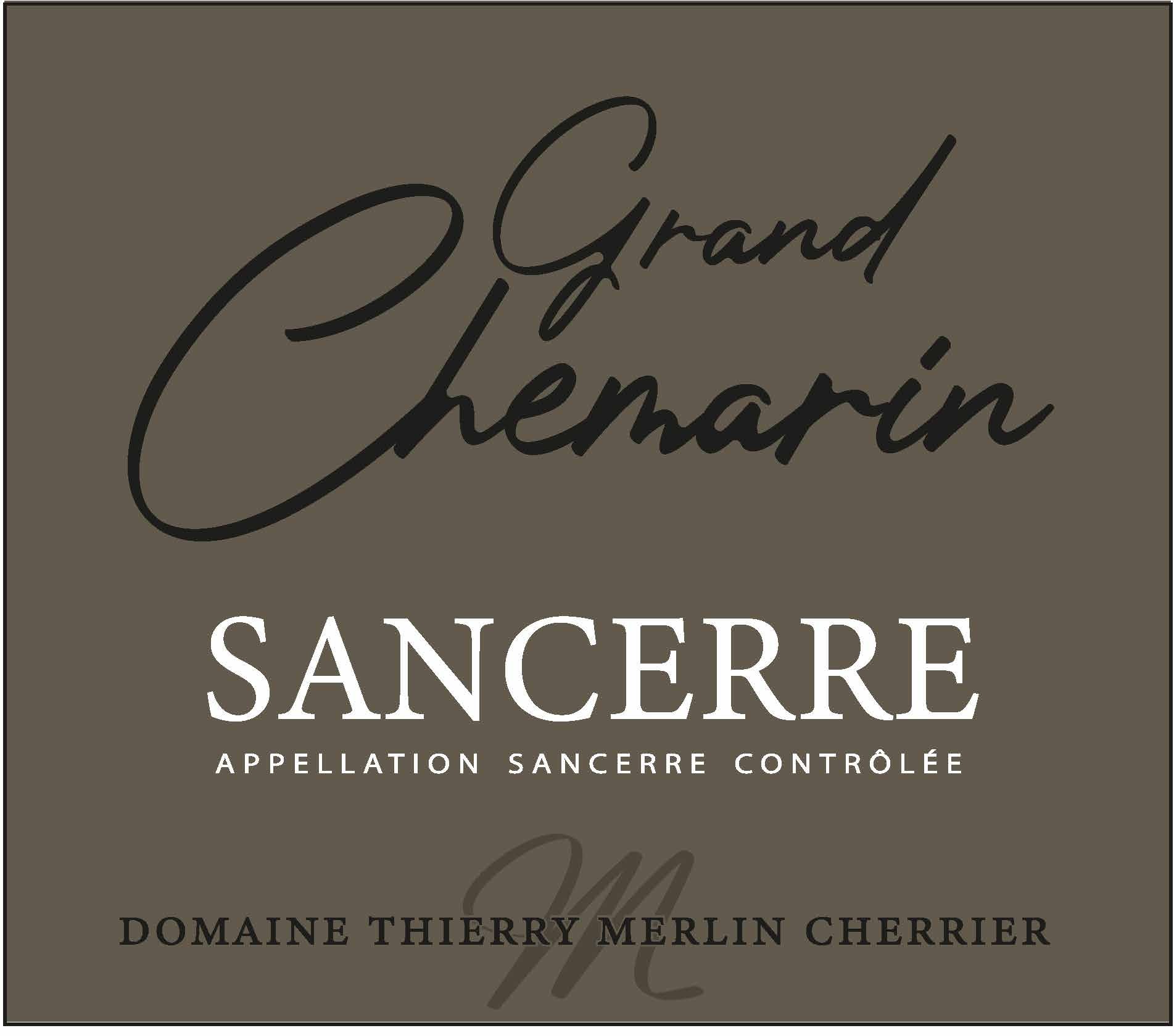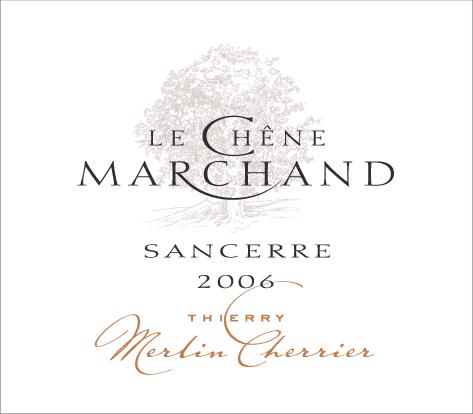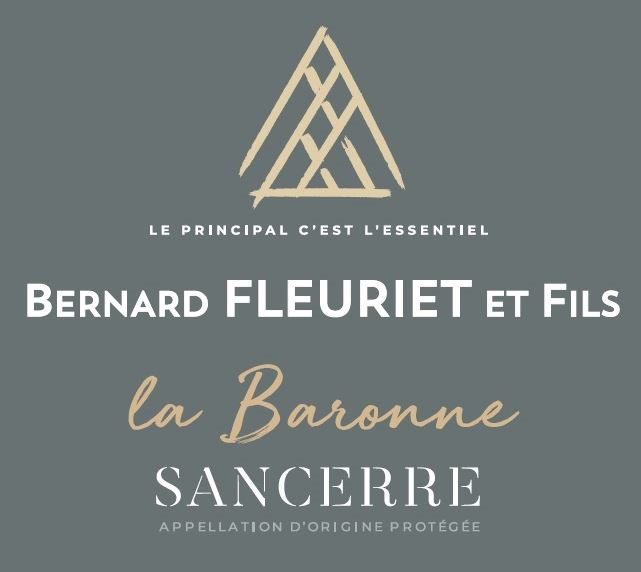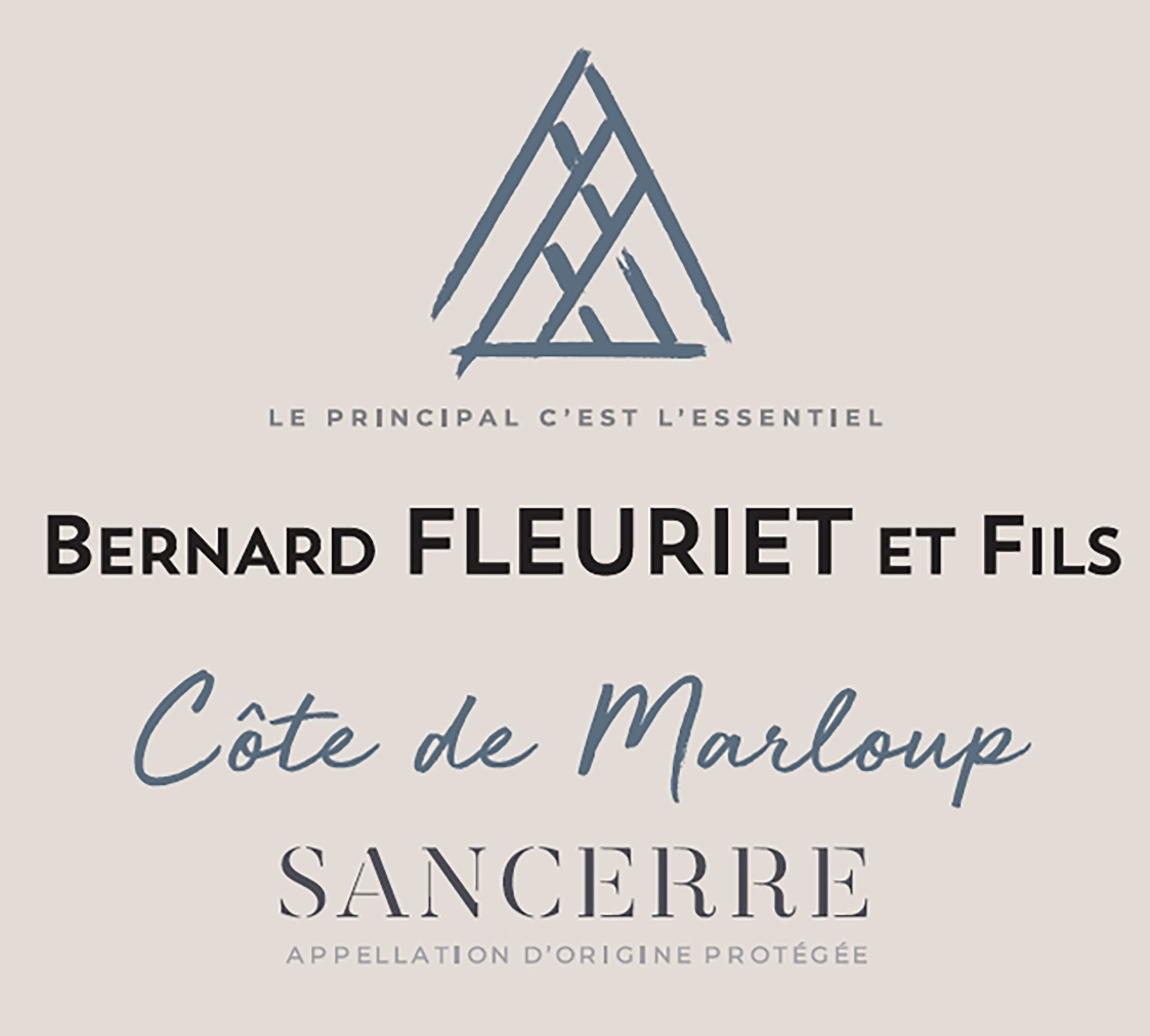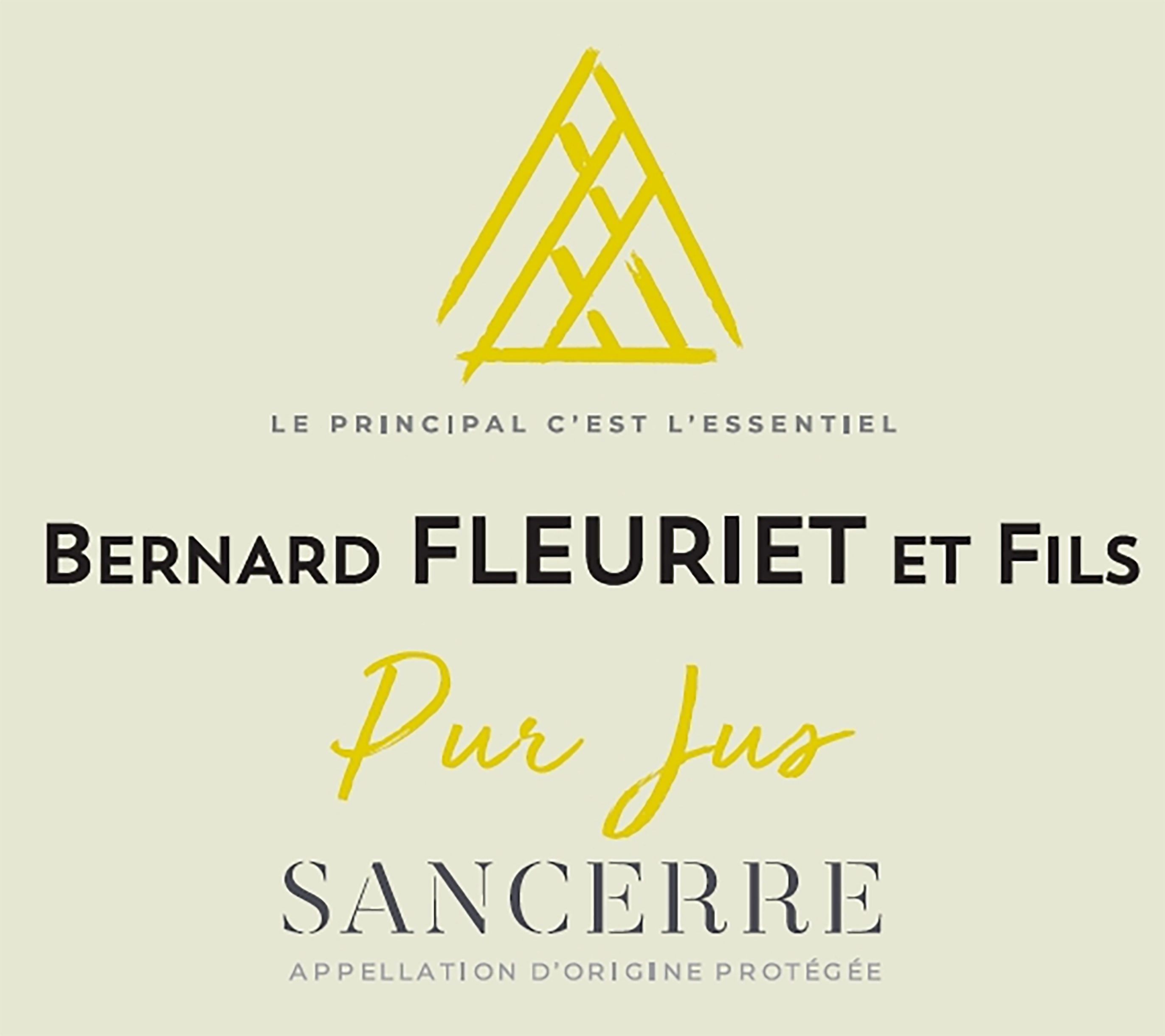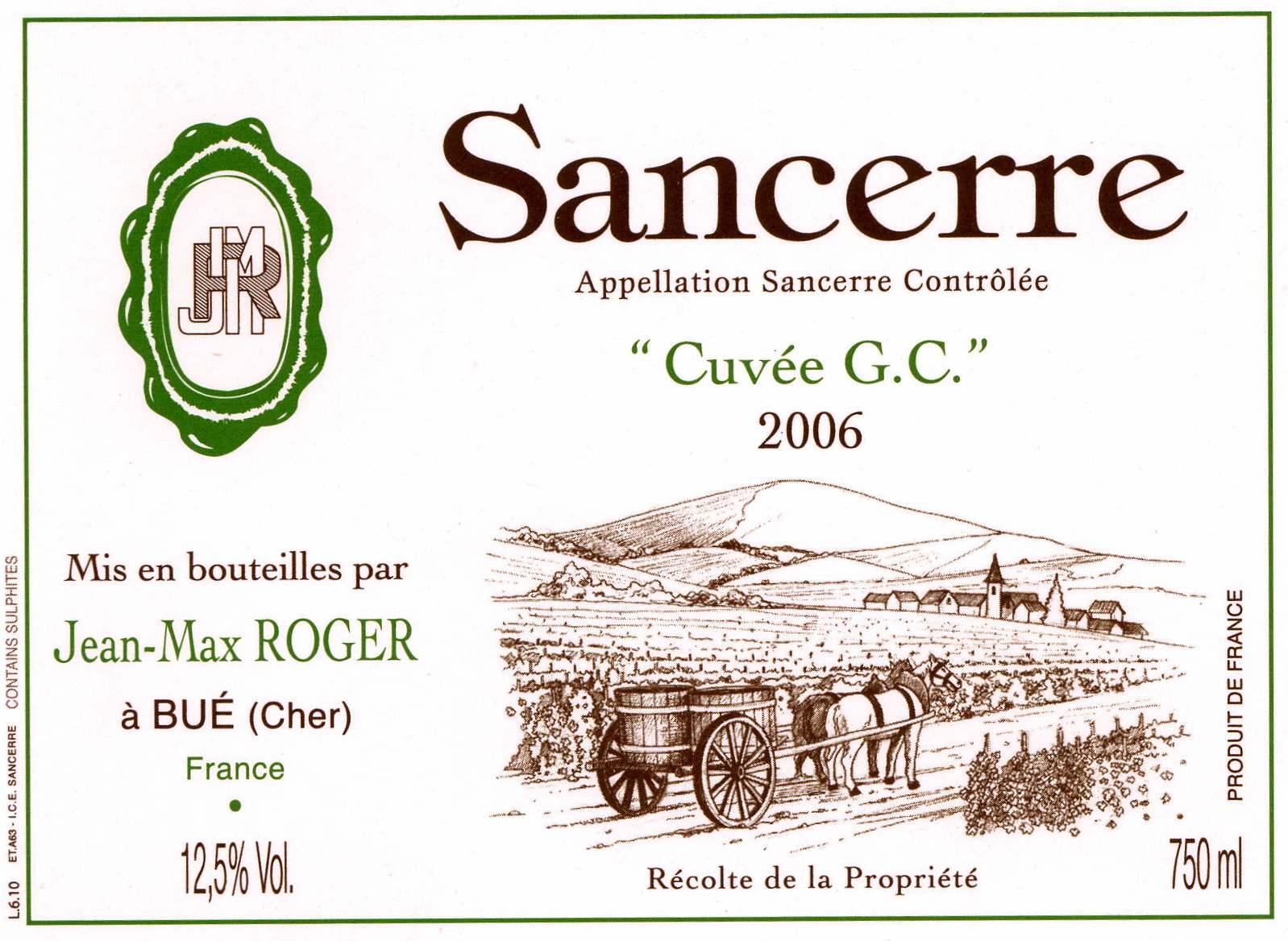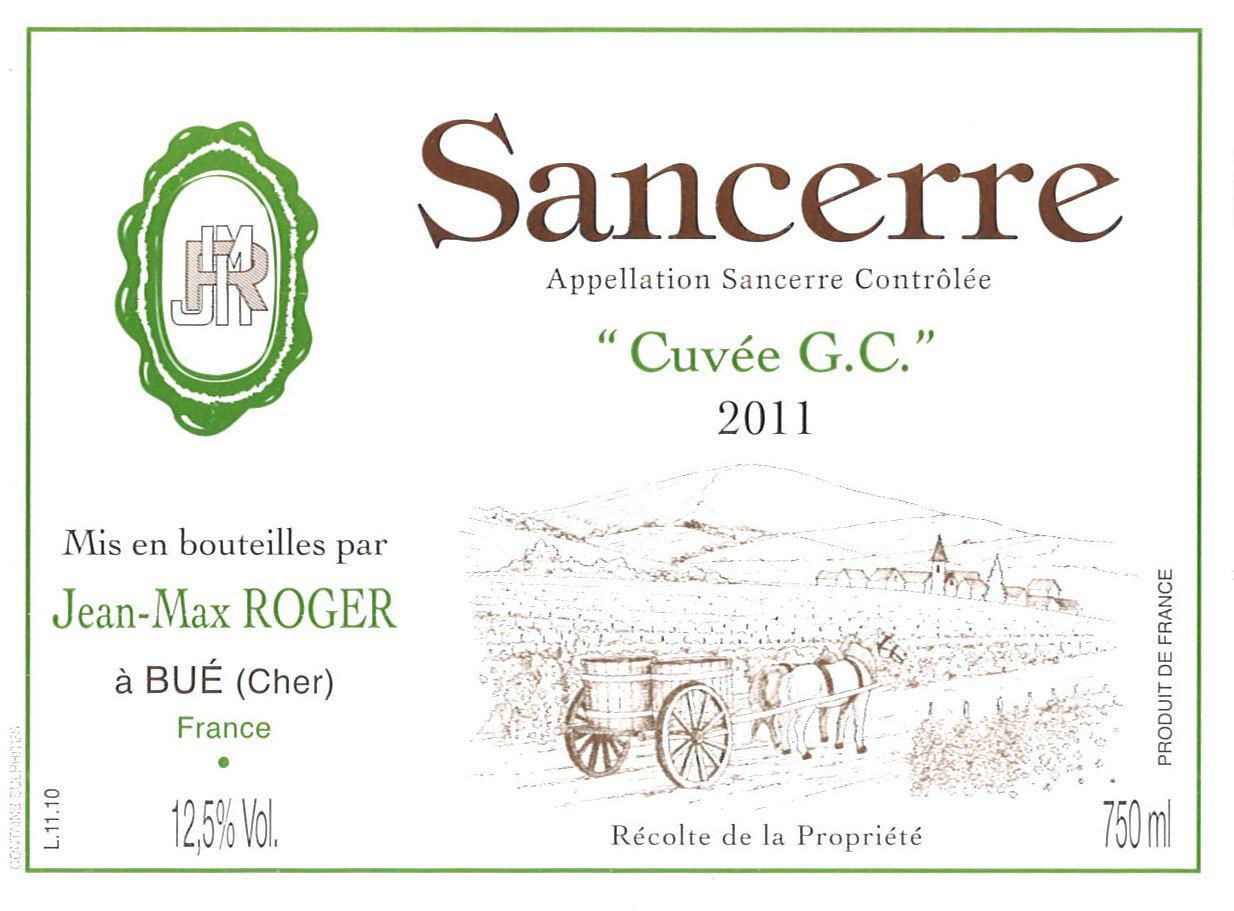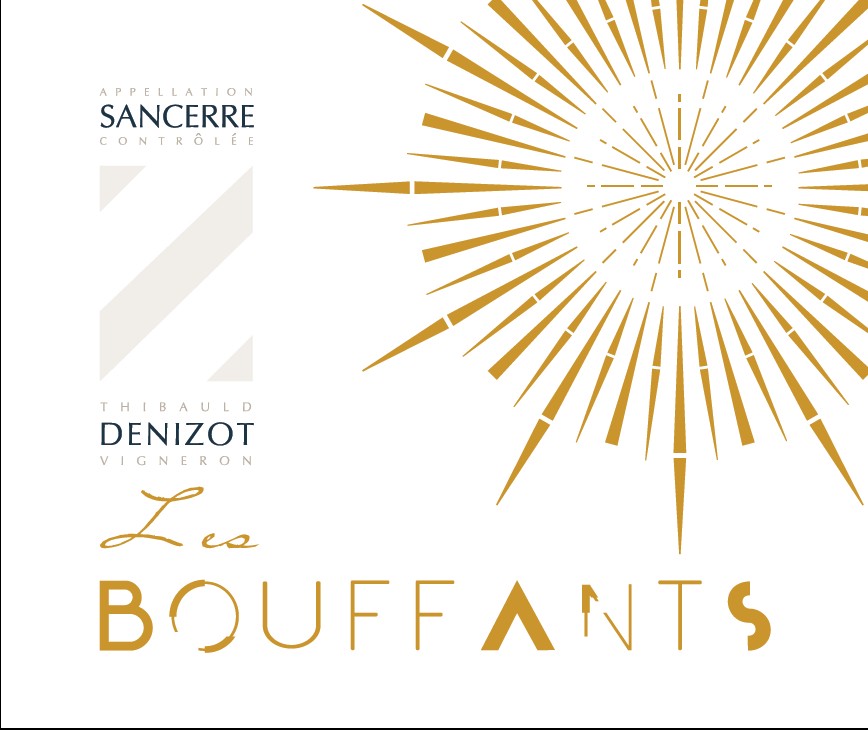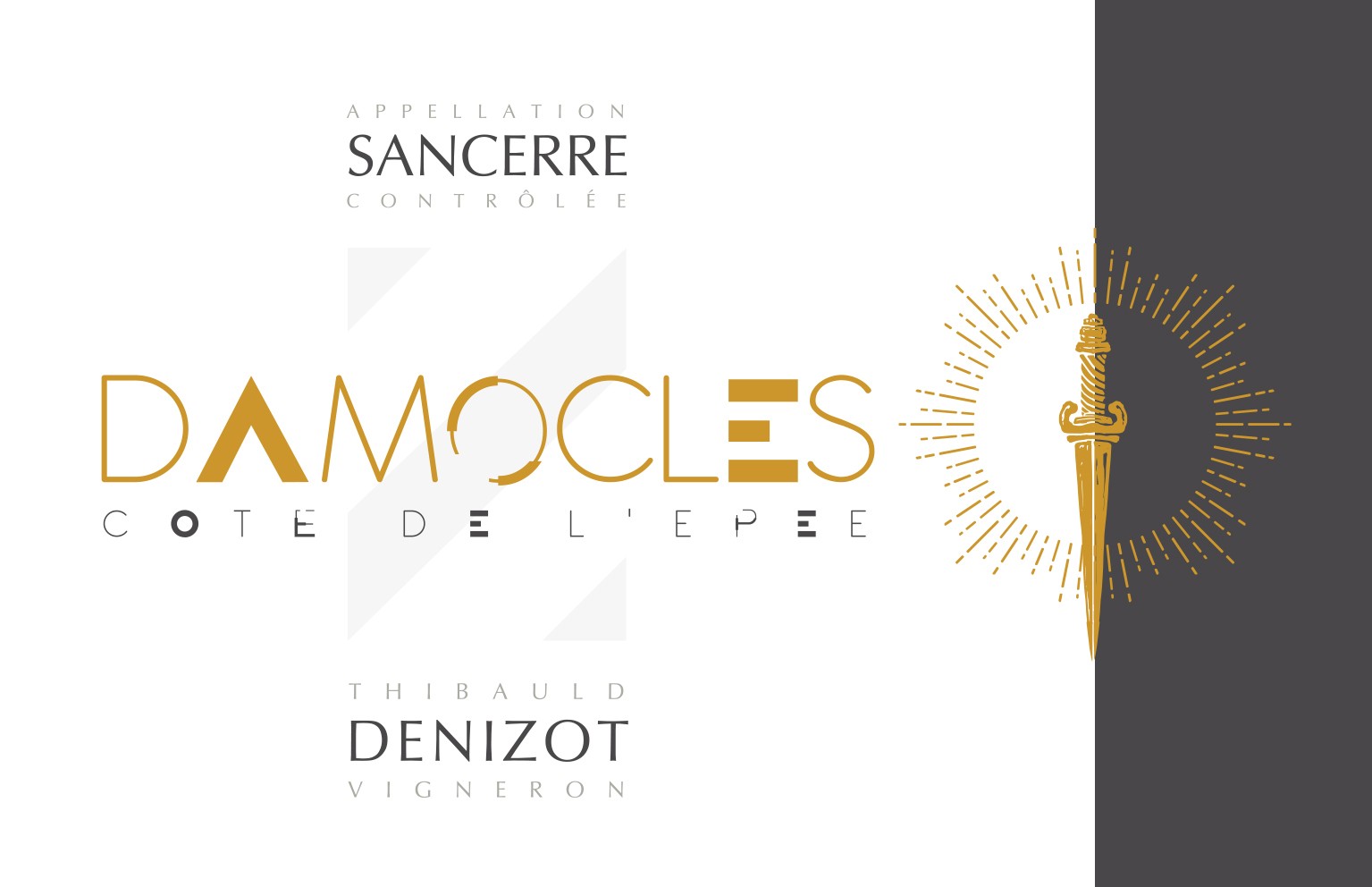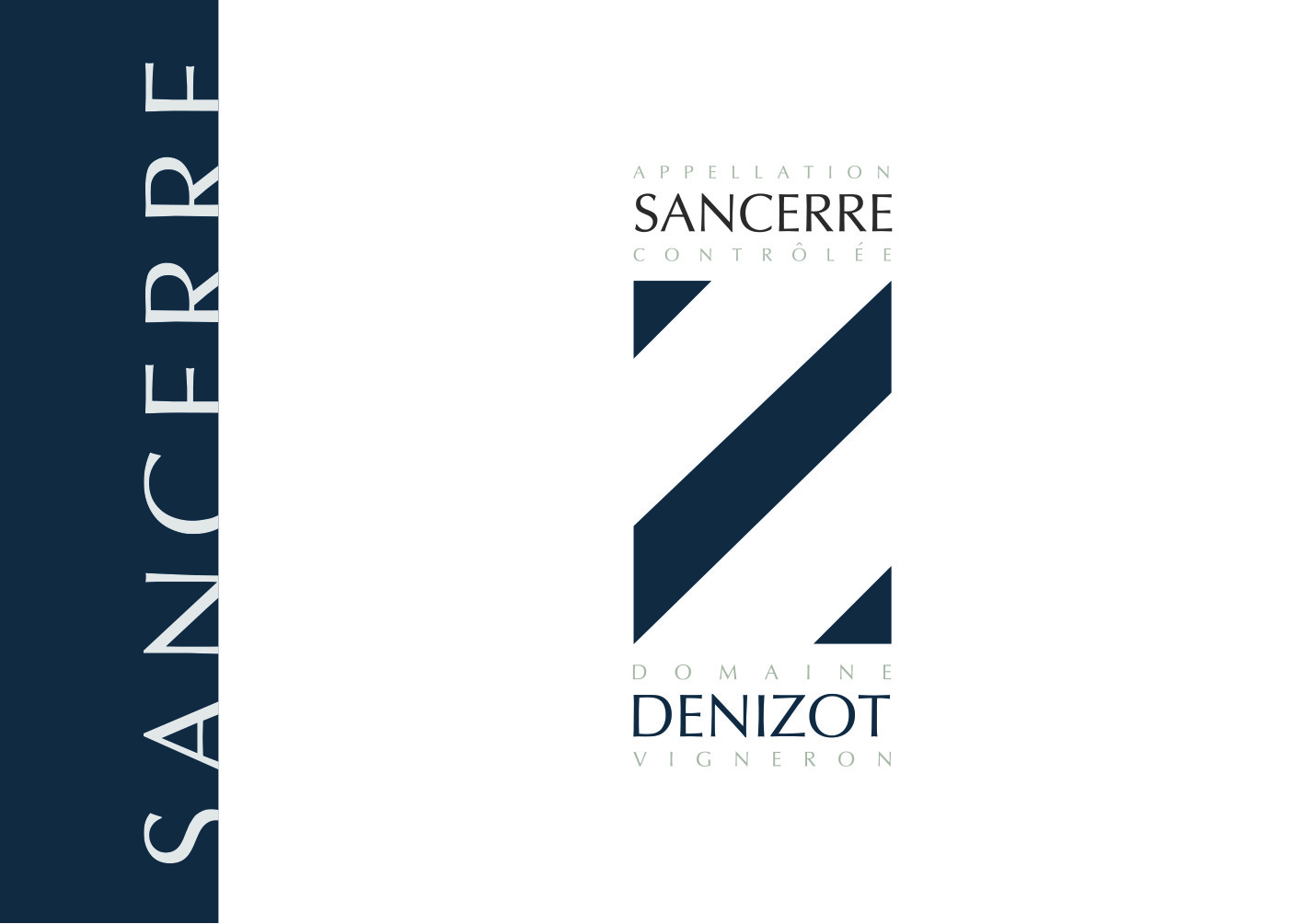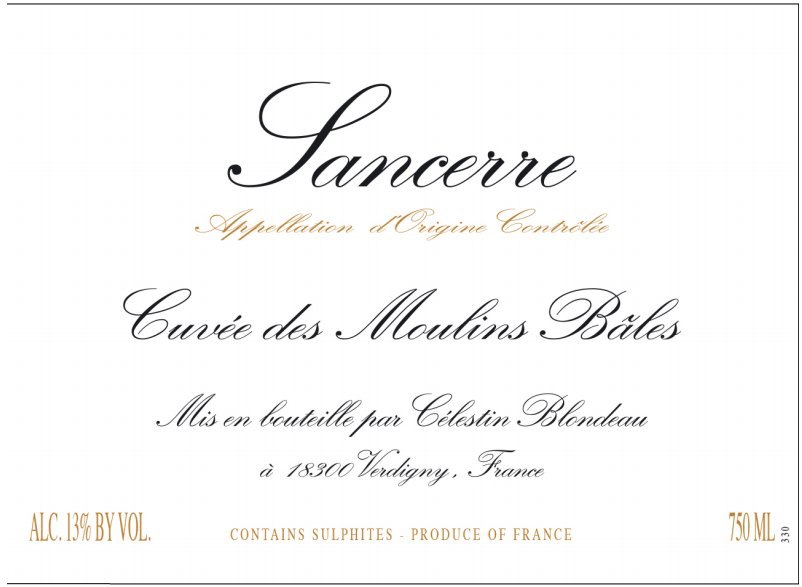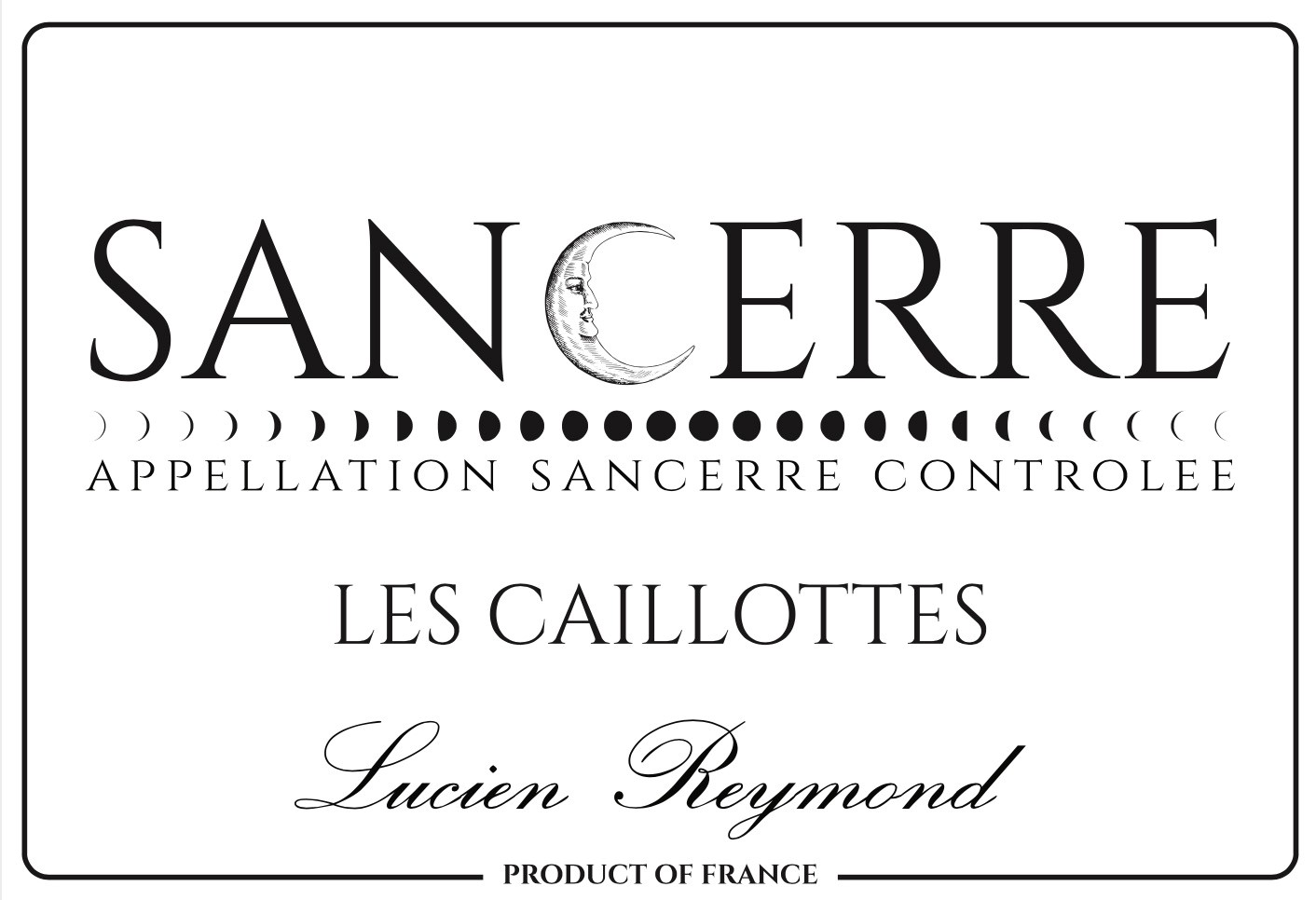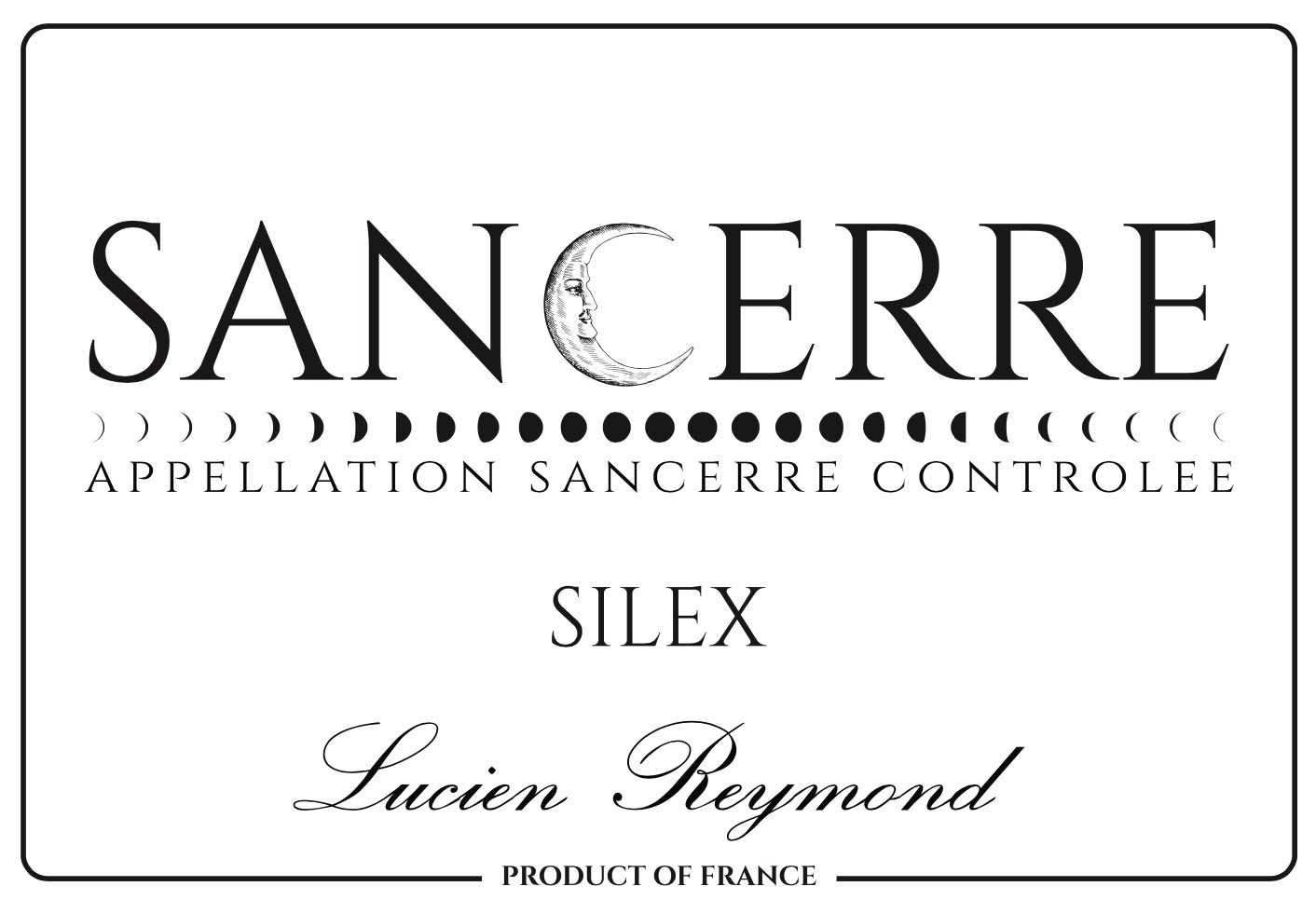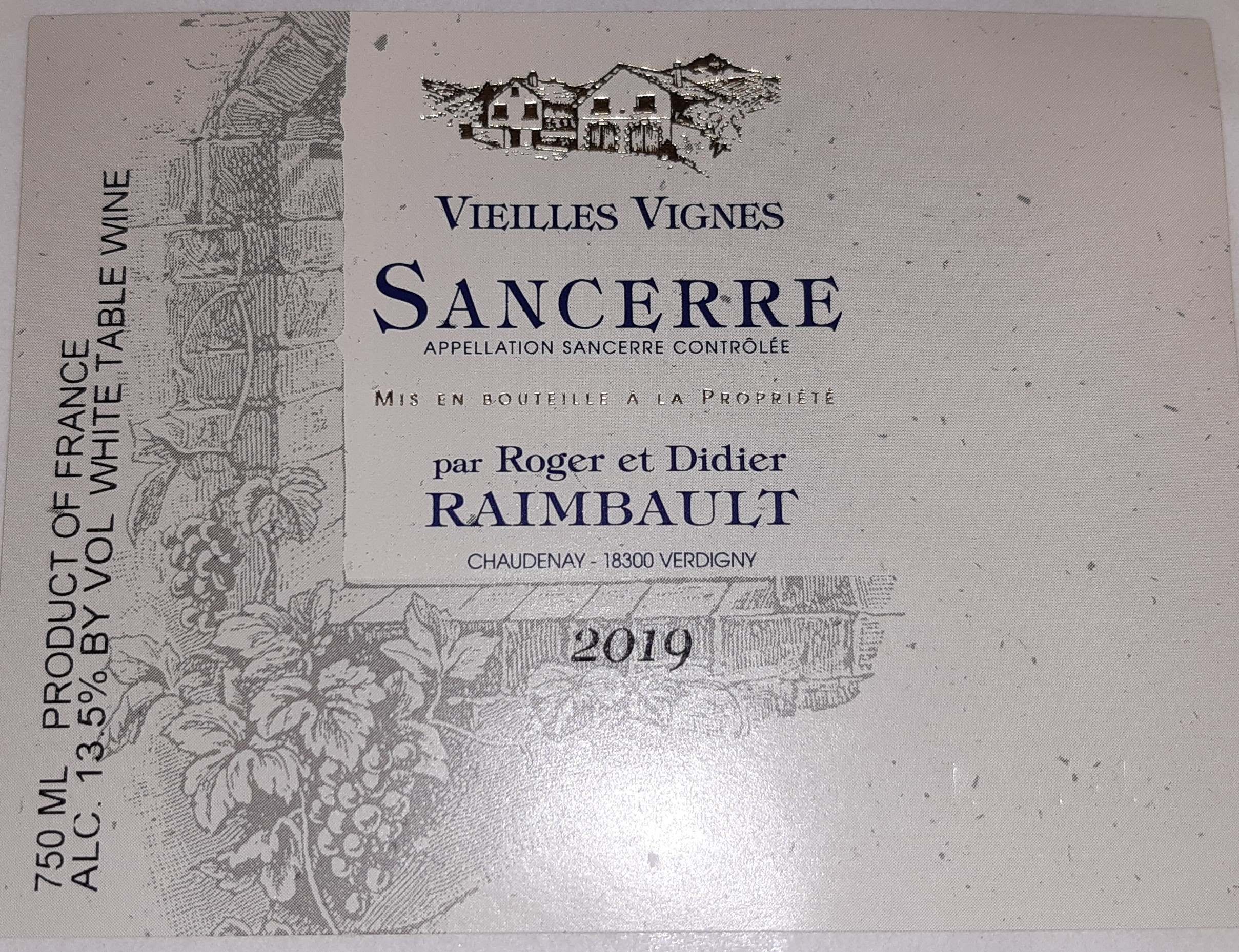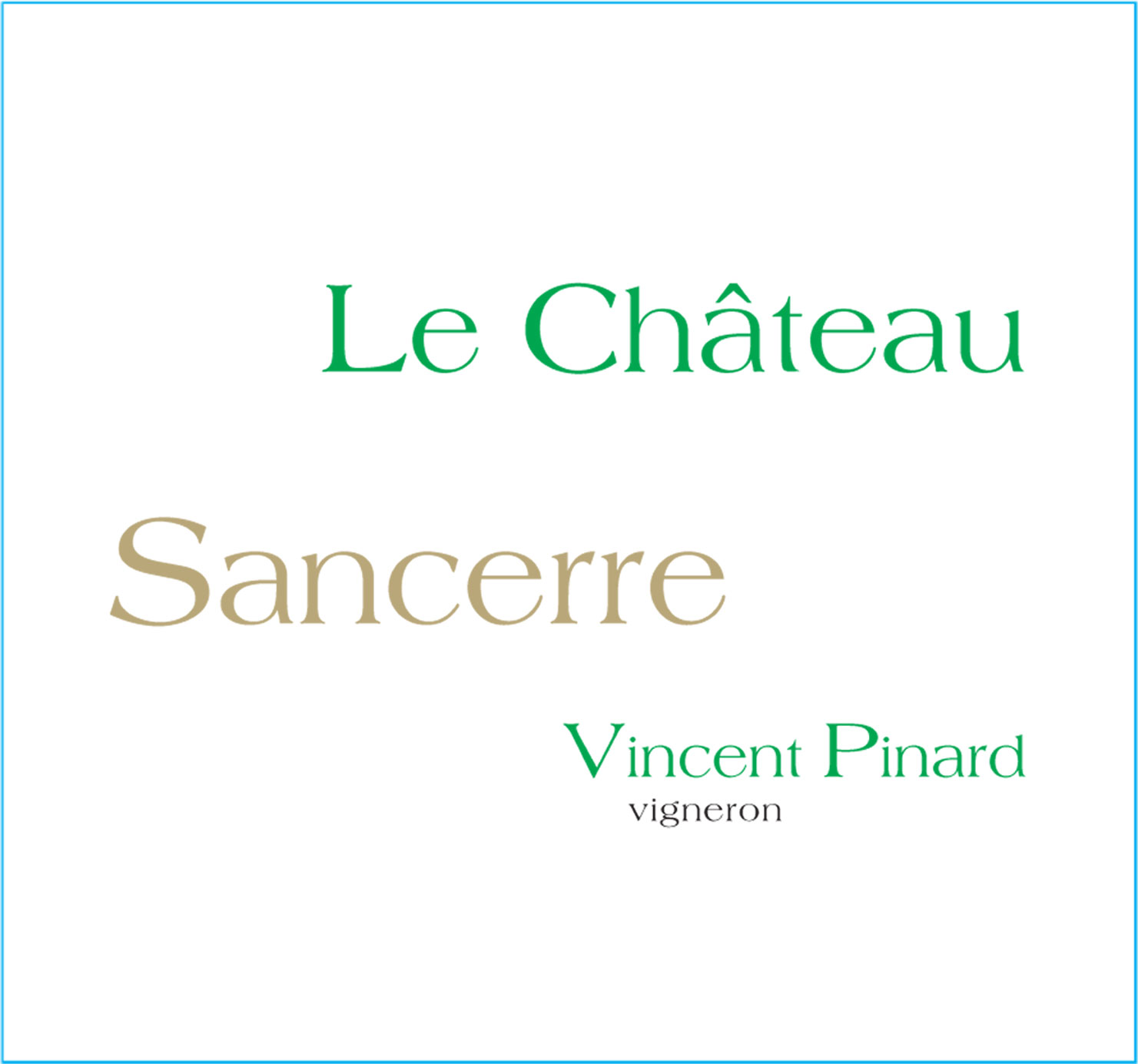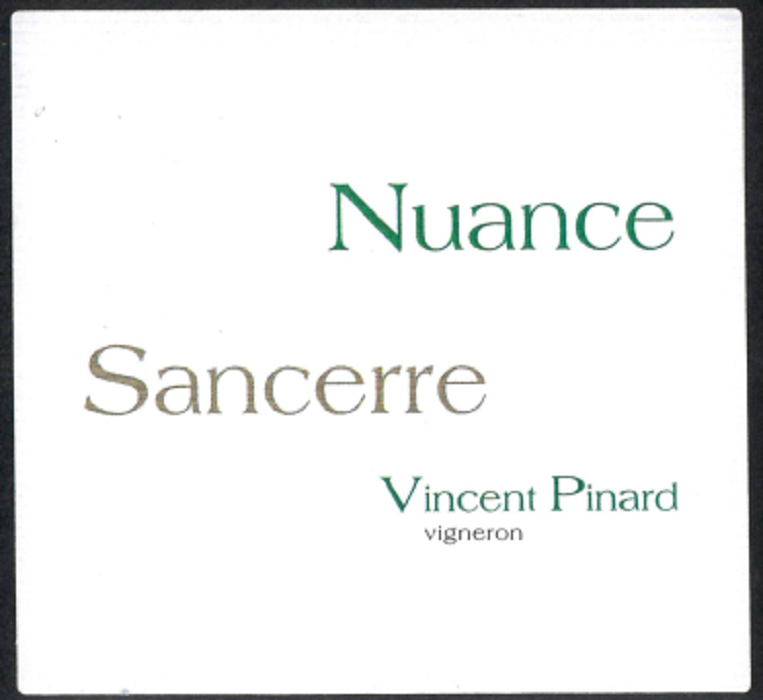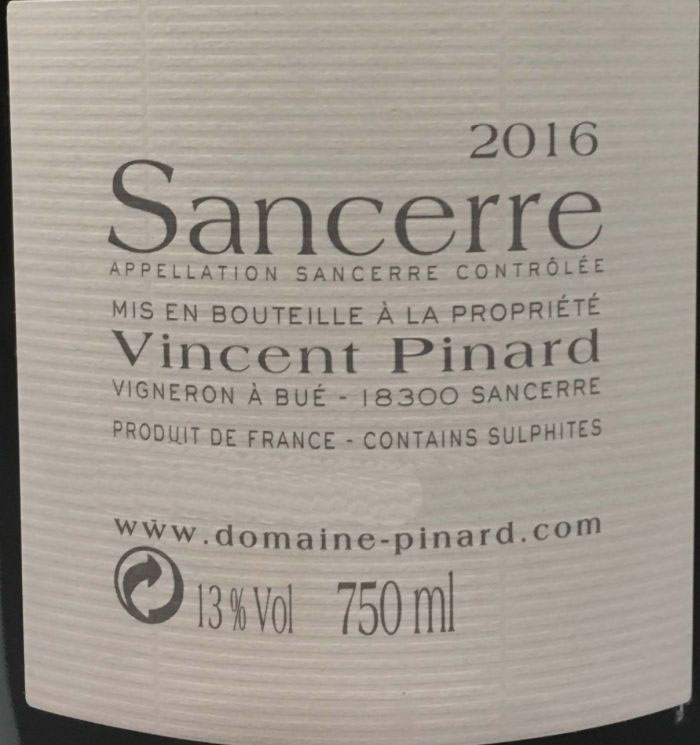Terroir of Sancerre
Sancerre's vineyards flourish on limestone-rich hills with diverse subsoils shaping their wines. The three main soil types are silex, les caillottes, and terres blanches. Silex lends a mineral quality, perfect for aging; les caillottes produces fruity, balanced wines; while terres blanches adds body and strength. Many vineyards, located at 200–400 meters elevation, face south or east, maximizing sun exposure and benefiting from the land's natural drainage.
The region's semi-continental climate has warm summers for full grape ripening and cold winters with frost risks in spring. The Loire River and nearby forests moderate temperature extremes and provide moderate rainfall during the growing season. These elements contribute to the region's vibrant acidity and aromatic intensity, with harvest usually happening between late August and September.
Notable Wineries in Sancerre
Sancerre is a celebrated region in the eastern Loire Valley, known for its unique blend of small family-owned estates and larger producers. Here are some of the notable wineries shaping the region's reputation:
-
Alphonse Mellot: Renowned for its historic estate, this winery produces exceptional single-vineyard wines like La Moussière.
-
Domaine Henri Bourgeois: A major family operation that showcases the diversity of Sancerre's terroir through a variety of cuvées.
-
Domaine Vincent Pinard: Located in Chavignol, this winery is celebrated for its meticulous attention to detail and quality.
-
Domaine de la Chezatte: Known for crafting wines that highlight the area's unique hillside plots and traditional aging methods.
These wineries, along with the region's cooperatives and larger producers, emphasize Sancerre's rich diversity and commitment to high-quality wine production.
Sustainable Winemaking in Sancerre
In Sancerre, sustainability is at the heart of wine production, with many vineyards adopting eco-friendly farming techniques. By planting cover crops between vine rows and maintaining hedgerows, they boost biodiversity and protect the ecosystem. Careful chemical management and a shift towards organic and biodynamic practices reflect the region's commitment to environmental stewardship.
Winemakers here emphasize minimal intervention, especially in their acclaimed white wines. Fermentation often takes place in stainless steel or neutral vessels, with little use of new oak barrels, to highlight the terroir's unique characteristics. By focusing on these sustainable practices, Sancerre producers aim to preserve their cherished limestone-rich soils and ensure the long-term health of their vineyards.
Wine Tourism in Sancerre
Sancerre offers an enriching wine tourism experience, where visitors can explore its rolling vineyards by car or bike, soaking in the picturesque views of the Loire Valley. The region's wine routes, such as those between Sancerre and Pouilly-Fumé, guide enthusiasts through diverse estates for tastings and cellar tours, often paired with local delicacies like Crottin de Chavignol cheese. Booking in advance is typically necessary.
The medieval town of Sancerre provides a charming backdrop, with a range of accommodations from quaint inns to gourmet restaurants showcasing local wines.
Throughout the year, especially during the harvest season, festivals enliven the region with tastings, regional cuisine, and live music, celebrating Sancerre’s vibrant wine culture. A notable landmark is the restored windmill near Sancerre, offering a stunning vista of the valley, adding to the region’s allure as an ideal destination for wine lovers.




